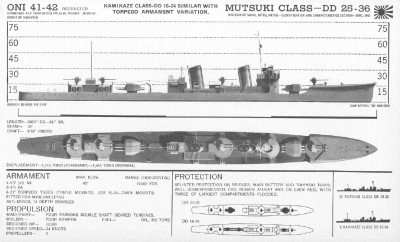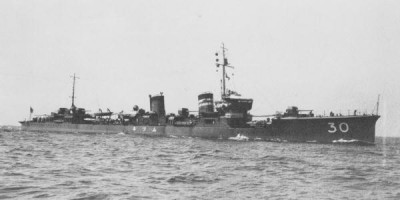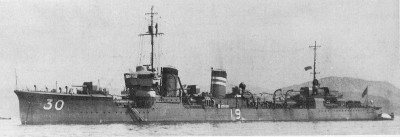| Název: Name: | Mucuki | Mutsuki class |
| Originální název: Original Name: | 睦月型 / むつきがた | |
| Kategorie: Category: | torpédoborec | Destroyer |
| Období výroby: Production Period: | 11.01.1924-31.10.1927 | |
| Přehled vyrobených plavidel: Summary of Built Boats: | Mucuki Kisaragi Jajoi Uzuki Sacuki Minazuki Fumizuki Nagacuki Kikuzuki Mikazuki Močizuki Júzuki | |
| Uživatelské státy: User states: | | |
| Poznámka: Note: | - | - |
| Zdroje: Sources: | http://military.sakura.ne.jp/ ; http://wikipedia.org/ | |
upravil : FiBe




